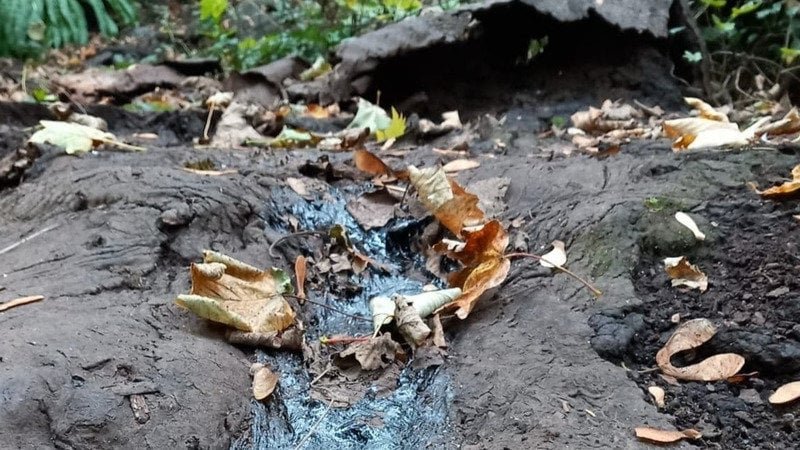Latest updates on the Nightingale Valley campaign
- Nightingale Valley: The FutureA report by Geoff Thomas On Saturday 11th January, Jackie, Jo, Andy and I met with the new owners of the Coach House and Stables and land in Nightingale Valley, Andy Kemp and his business partner. We met them at Hill Lawn and then walked around the area of the tar barrels while discussing their…
- Meeting with Kerry McCarthy, 21st November 2024On 21st November, Friends of Brislington Brook’s Chair, Jo Bushell, and Vice Chair, Jackie Friel, met with local MP, Kerry McCarthy. As you may know, Kerry is Parliamentary Under Secretary of State (Department for Energy Security and Net Zero). She was accompanied by her Chief Communications Officer, James Austin. The purpose of the meeting was…
- Land in Nightingale Valley now soldAs you may be aware, the land in question sold at auction last night to a certain Mr K. It sold for £452,000. We’re now moving on to the next phase. We’ll endeavour to identify, make contact with, and negotiate with the new landowner. We’d like to take this opportunity to thank you for your…
- Tree Preservation Orders and Right of Way updatesOur campaign is gaining traction! Here’s what we’ve achieved so far. Tree Preservation Orders (TPOs) On the 11th Oct, one of our campaign volunteers made an application to Bristol City Council for the London Plane and other trees to be protected by TPOs. BCC came back to us yesterday saying that it was at the…
Sale of Land in Nightingale Valley: Next Steps
Two weeks have passed since Mr K bought the parcel of land in Nightingale Valley. The campaign group has since met to discuss the way forward.
The day after the auction (20th November) we contacted Hollis Morgan, the auctioneers, asking them to pass on our contact details to Mr K. We are optimistic that he will respond. The auction itself was over in twenty minutes. Post-auction, things are moving at a slower pace.
Anyone who has ever bought a property will be familiar with the process. On the night of the auction, Mr K would have put down a 10% deposit: £45,000. His legal team will now have taken over, conducting searches etc. We know that elementary searches were uploaded onto the Hollis Morgan legal pack, at the behest of the sellers. Mr K is sure to have requested more comprehensive searches. The legal process will take around six weeks from the date of the auction.
For this reason, we have decided to wait until 1st February 2025 for Mr K to get back to us. Failing that, we will take the HM Land Registry route. This involves completing the ‘Official Copies of Documents Registration’ form (form OC2) and posting it to HM Land Registry, enclosing a cheque for £7. Very old school! At some point, Mr K’s legal team will submit an application to HM Land Registry to register the property in his name. Subsequently, HM Land Registry will send us the official copies of documents relating to the land in question. We will then be in a position to negotiate with Mr K..
Moving on to the Right of Way (RoW) application, we submitted an application to Bristol City Council, which was uploaded onto the Hollis Morgan legal pack. Mr K purchased the land in light of this. Since then, we have been gathering evidence from long-term users of Nightingale Valley. Part of the process is for participants to indicate those footpaths within Nightingale Valley they use on a regular basis.
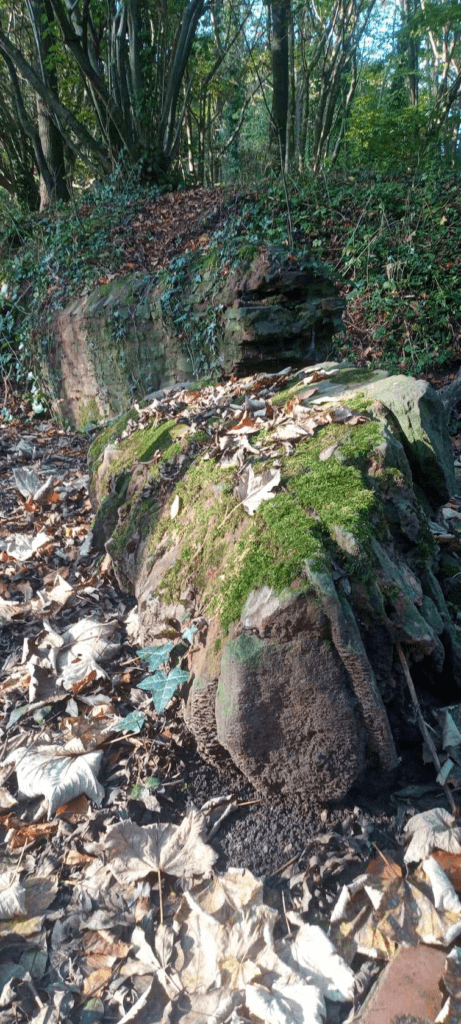
Boundary wall between the Wick House estate and Woodcroft (a tenanted farm, belonging to the Broomwell House estate)
Around fifteen forms have been submitted so far. We will check with Bristol City Council to establish how many forms it requires. We are aware that in the Cotham School Field RoW case, 150 forms were submitted. On the basis of this evidence, Bristol City Council will decide which path or paths will be designated as official RoWs. The process may take many years, but the RoW application will be flagged up if a building application is submitted. We are sorry if we have not got around to you yet. It is a time-consuming process.
Finally, we have decided that we will work toward having Nightingale Valley designated as a Local Nature Reserve. It will then be protected by the state. We will focus on the two-thirds of Nightingale Valley that is owned by Bristol City Council. We are keeping an open mind about the privately owned land, but it is more problematic. When we have achieved this, we will do the same for St Anne’s Wood.
In the meantime, we will continue managing the Bristol City Council owned land in Nightingale Valley, and the land in St Anne’s Wood, ensuring that the flora and fauna thrive. We are lucky to have these beautiful wildlife havens on our doorstep and long may it last.
Nightingale Valley Work Party: Sun 8th Dec
On this note, our last Work Party of the year is taking place this Sunday, 8th December, a Bramble Bash in Nightingale Valley. We will be meeting at 10am at Hill Lawn. You are welcome to come along to help us or to discuss any matters relating to the land sale. We will be having a well-earned drink at The Langton afterwards. We will be bringing mince pies along as a Thank You for all your hard work. It is nearly Christmas after all!
Potential Threat to Nightingale Valley
Two-and-a-half acres of Nightingale Valley is to be sold at auction on the 20th November 2024. Friends of Brislington Brook seek to raise awareness about this potential threat to our wildlife haven.
The land forms part of a larger plot of six acres, three-and-a-half of which is on the flat at the top of the valley: https://www.hollismorgan.co.uk/property-details/33414365/bristol-city/bristol/wick-road-1
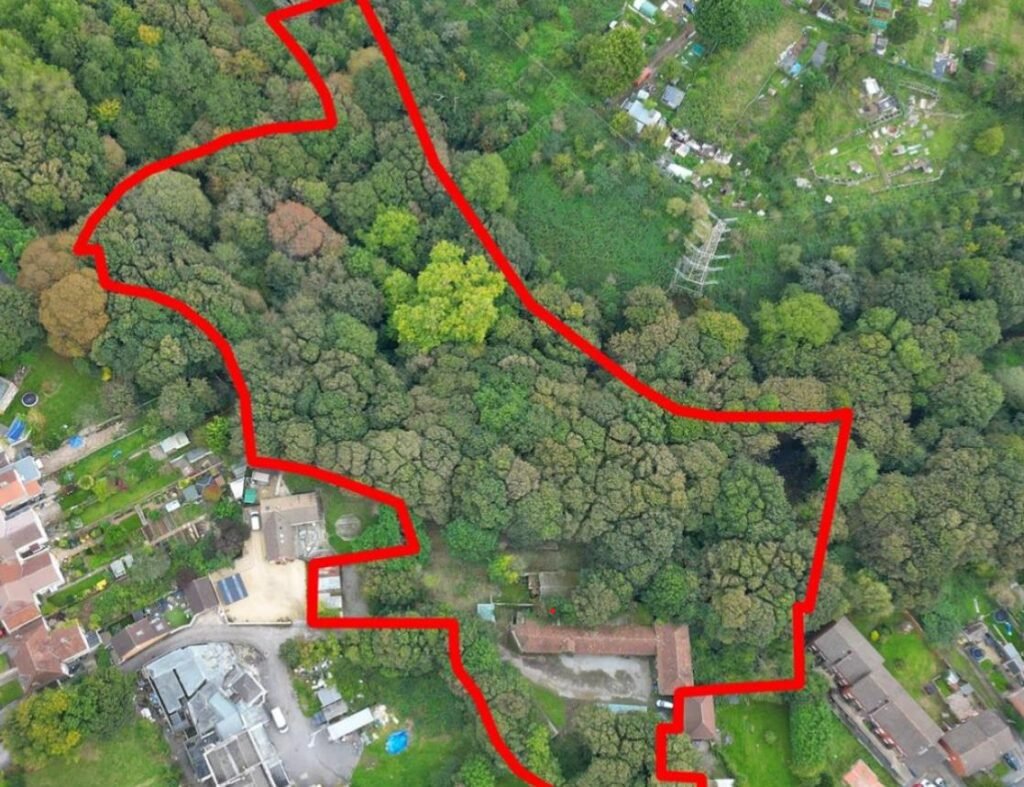
The general public perception is that Bristol City Council owns Nightingale Valley In its entirety; that it is our public space. That is not the case. The two-and-a-half acres within Nightingale Valley have been privately owned since 1924, when the Wick Estate was sold off in a piecemeal fashion.
The new land owner did not register the land with HM Land Registry, which meant there was no Title Deed; no way of establishing who owned the land. Recently, the land owner died (a descendant of the person who purchased the land in 1924).
His two beneficiaries registered the land with HM Land Registry in order to sell it at auction. It is the two-and-a-half acres within Nightingale Valley that we will focus on here; that which Friends of Brislington Brook, in conjunction with Bristol City Council, has managed since 2006.
Prior to that, it was maintained by Friends of Nightingale Valley. The land contains a section of the footpath, a section of Brislington Brook, the iconic Plane tree and a plethora of flora and fauna on both sides of the valley. Nightingale Valley has been designated a Site of Nature Conservation (SNSCI), which offers some protection: it has both substantial biodiversity in terms of flora and fauna and important geological features.
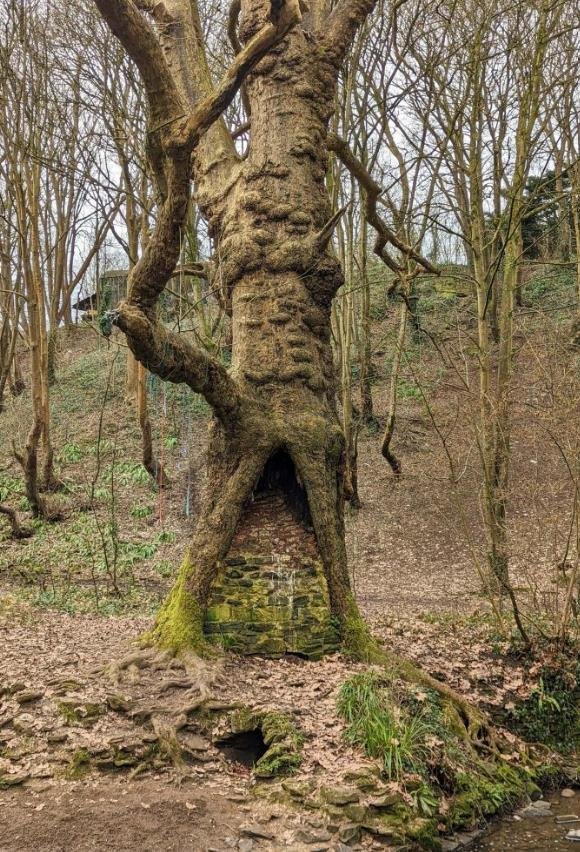
The historic dumping ground lies within this parcel of land; the rusty, oozing tar barrels and shards of broken glass that many of us are familiar with. In 2023, Friends of Brislington Brook raised a petition to Rid Nightingale Valley of its Leaking Tar Barrels, which gained over 800 signatures:
https://www.change.org/p/rid-nightingale-valley-of-its-leaking-tar-barrels.
The historic dumping ground is a liability to any potential buyer.
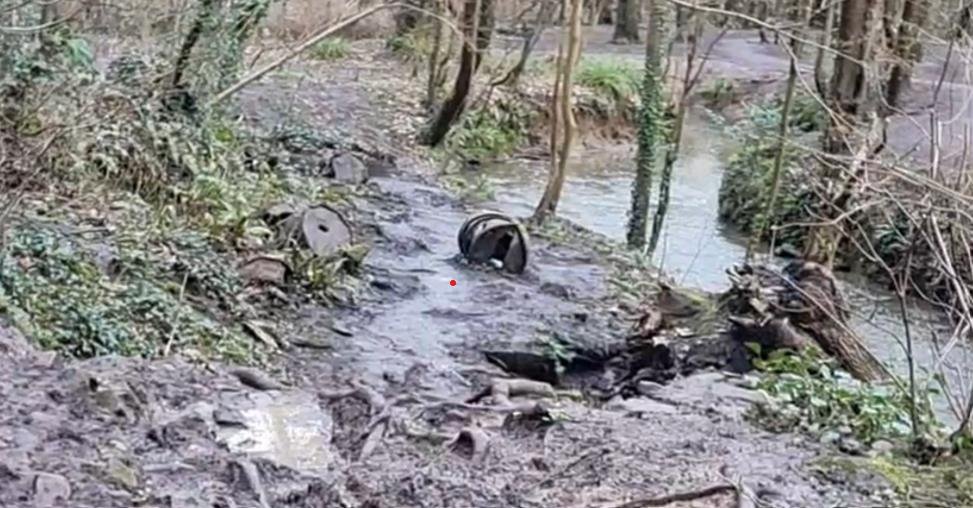
Friends of Brislington Brook will do everything within its power to conserve Nightingale Valley. According to historical documents, the public footpath through the St Anne’s Valleys has been in use since the 13th century. In 1276, the Chapel of St-Anne’s-in-the-Woods was built. Shortly afterwards, the footpath along Brislington Brook became a Pilgrims Path.
Pilgrims visited the two holy shrines in St Anne’s Wood – the Chapel and the Holy Well – and made their way along the brook to Nightingale Valley. The more worthy visited the Priest’s House (built in the 14th century), which stood where Wick House now stands.
The pilgrims moved on to Brislington Village to stay in a pilgrims’ hostelry, where the Pilgrim Inn now stands. They completed their pilgrimage at Keynsham Abbey. Despite its historical significance, the Pilgrims Path is not designated as a public Right of Way. Friends of Brislington Brook is currently completing a Right of Way application to ensure the footpath remains open to the public.

